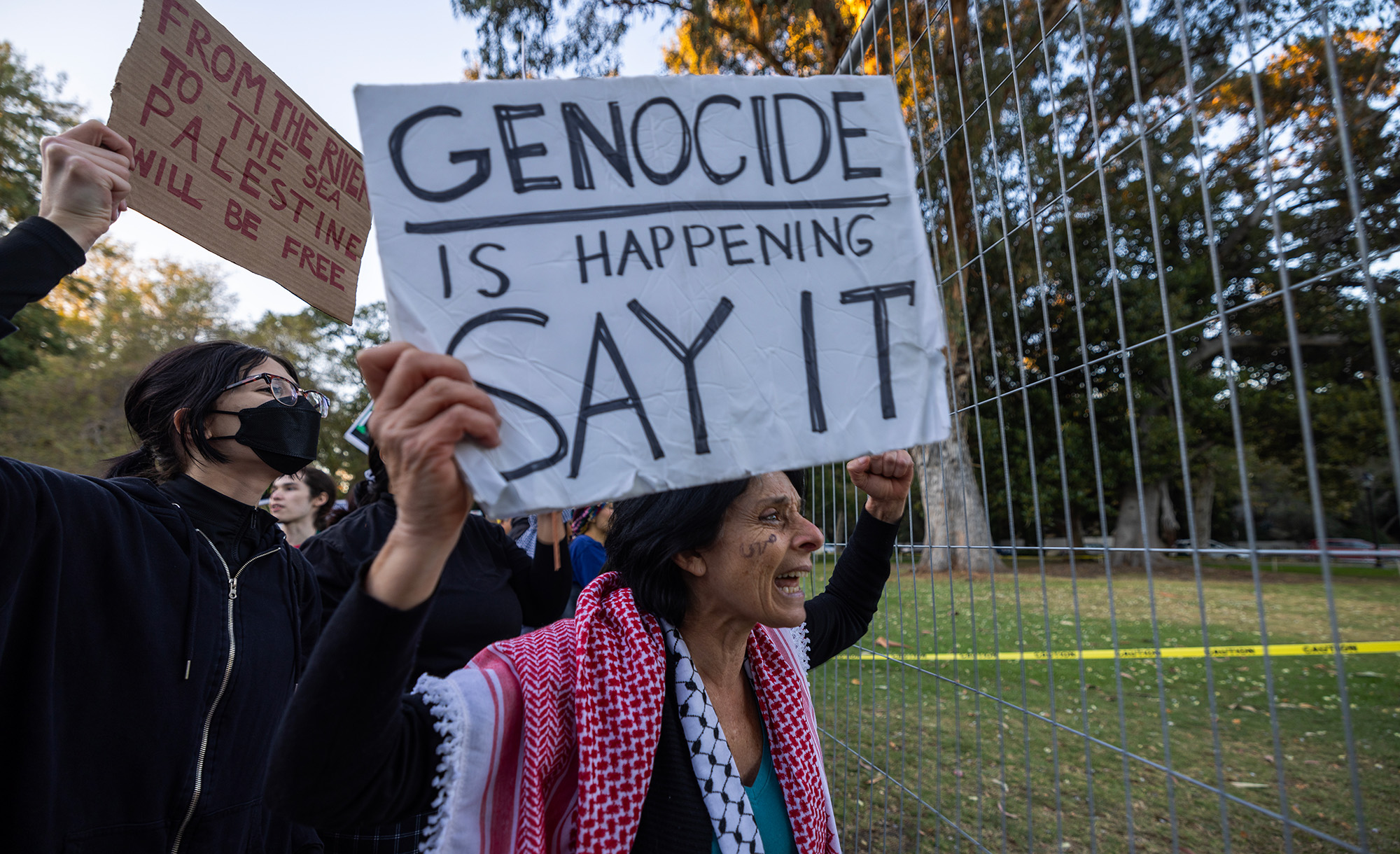In haredi circles, watching sports is an activity that is generally frowned upon—above all, it is a distraction from the sacred pursuit of Torah study. Yet it is also at least tacitly considered less pernicious than many other forms of worldly entertainment. Enough Haredim now watch the Super Bowl that an Orthodox organization based in New York City, called Chazaq, offers a “Halftime for Torah” consisting of online lectures by popular rabbis and lay speakers. The idea is to get devout Super Bowl-watchers away from the immodest displays of the halftime show, and to make sure they intersperse their football with some Torah study. Ben Rubin describes the idea:
Rabbi Elya Brudny, a scholar at the Mir yeshiva in Brooklyn and a member of Agudath Israel’s Council of Torah Sages, . . . said that allowing children to watch the Super Bowl is not ideal, especially the halftime show. [But] Brudny acknowledged that among some haredi families, concessions must be made to reality. In some cases, if children aren’t allowed to watch the Super Bowl at home, they’ll watch it at friends’ homes instead. For those people, Brudny said, he had a better solution.
“Bring an outside device, just for tonight,” he said, referring to those who don’t otherwise have television sets at home. “And watch the football as a family.”
The “Halftime for Torah” event has been taking place at least since 2019. Last year, [a representative of Chazaq] said, there were 3,000 separate devices tuned into the program. He estimated that those connections represented around 10,000 people, as viewers tend to watch in group settings.
More about: American Judaism, Haredim, Sports


